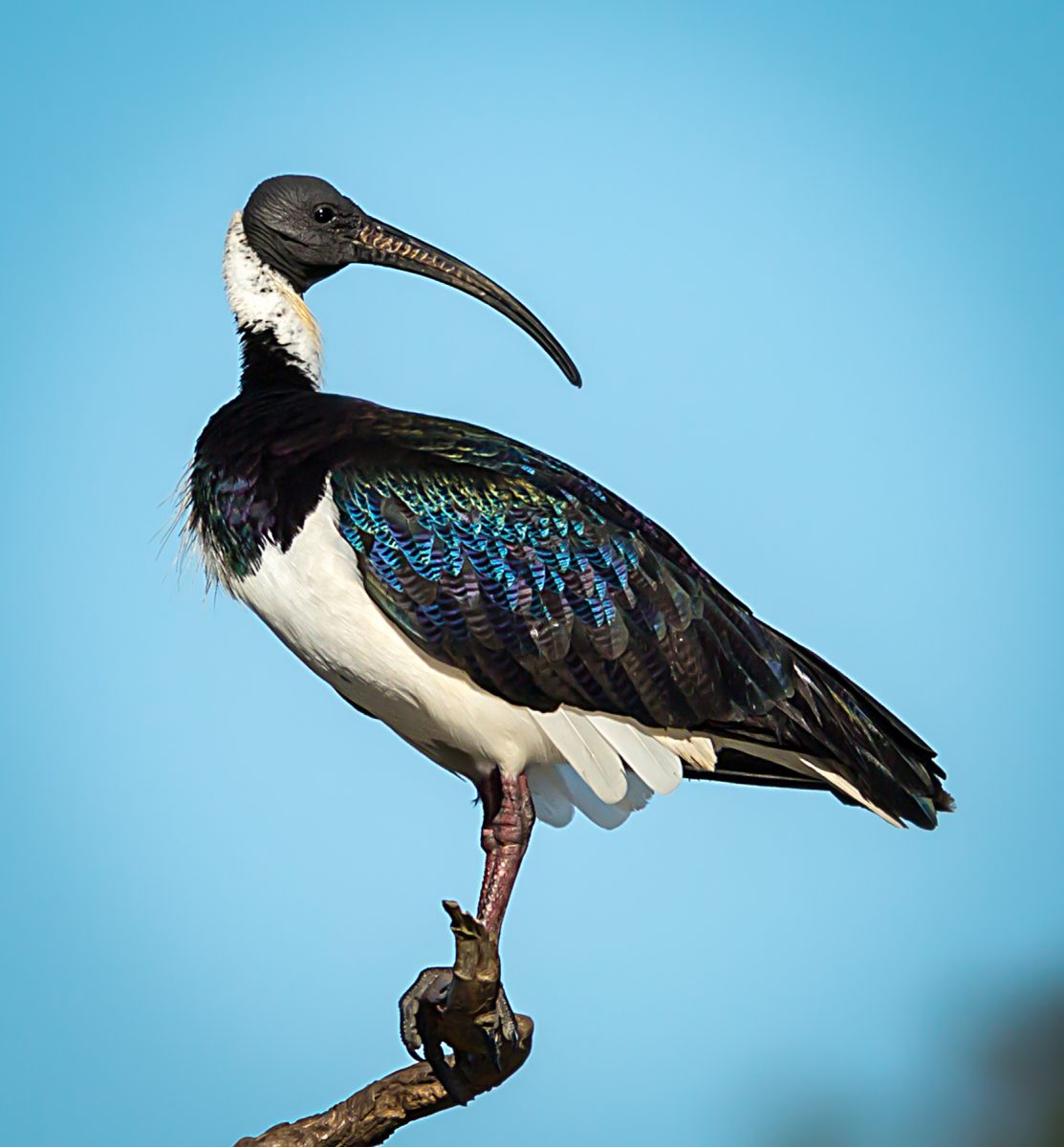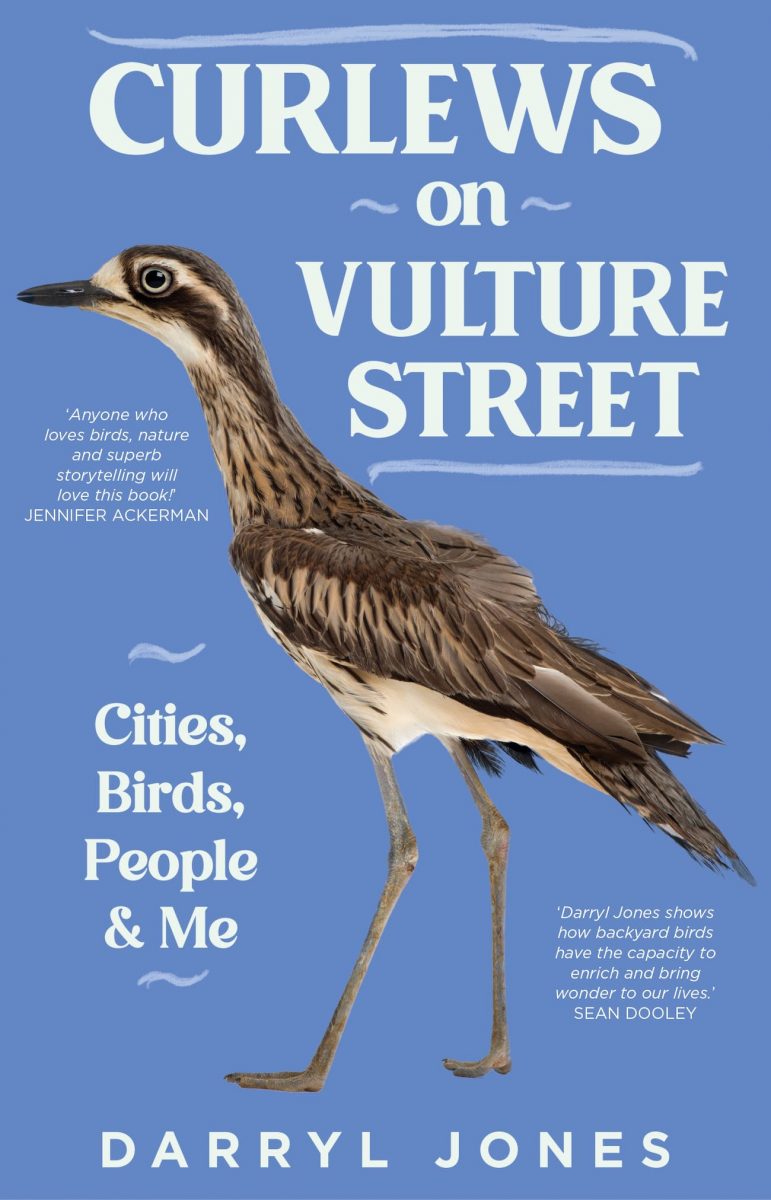
Urban ecologist Darryl Jones will be speaking about his latest book in Wagga this weekend. Photo: Griffith University.
Professor Darryl Jones is an urban ecology expert and a well-known bird feeder whose love of all things avian began during his childhood in the Riverina.
Darryl’s new book, Curlews on Vulture Street, was released last week and he will be in Wagga this weekend to tell his former home town all about it.
“I was born in the Wagga Base Hospital just the other day … in 1957,” he says with a laugh.
From walking the shores of Lake Albert as a boy to an acclaimed academic career, Darryl has spent more than three decades investigating the ways that people and wildlife interact.
“An urban ecologist is a strange fish, really,” he says.
“I vividly remember my lecturers saying, ‘If you want to study anything to do with nature, you’ve got to go far away from where the human influences are’ and of course, the ultimate human influence is the middle of a city.
“But it didn’t take me very long to realise that there was lots and lots of wildlife still living in town or moving back into town after the destruction of their habitat.”
Darryl was fascinated by the ability of some species to adapt while others did not, and his book explores what he has learned about the lives and unique traits of urban survivors such as magpies, curlews, ibis, lorikeets and cockatoos.
“We don’t make it easy for them with our cats and cars and swimming pools and all sorts of hazards, plus there’s just people everywhere in cities,” he says.
“They have to be adaptable, flexible, tolerant, patient, smart, all those sorts of things.”
On the topic of the much-maligned ”bin chicken”, Darryl points out that of the two prominent ibis species in the Riverina, the common white and the black-and-white straw-necked, only the former has adapted to an urban lifestyle.
“The white ibis is denigrated as the bin chicken in Brisbane and Sydney but they are also natural birds that hang around the grasslands of inland Australia,” he explains.
“But their close cousins, the straw-necked ibis, don’t really go into town.
“You might see them on a sport field but they’re not going to be stealing sandwiches from the children at school or wandering around downtown.
“These are the kind of questions that I’m really interested in.”

The straw-necked ibis is a common sight in the Riverina but it has not adapted to the town as well as its white cousin has. Photo: Barry Kearney.
Darryl’s views on how we should engage with the wildlife in our backyards has sparked plenty of discussion in recent years, and his previous publications, like Feeding the Birds at My Table, challenge traditional ideas.
He says there’s growing interest in reconnecting with nature in an urban setting and more people planting natives and creating more attractive habitats.
“Native plants bring native insects and native insects bring native birds,” he says.
“And there’s absolutely been a COVID effect because so many people were shut at home and in the backyard for a year or so and there’s been a massive increase in the interest in the local birds.
“It’s not too strong to say that it’s a profound experience for some people when truly wild birds turn up at your place, and it’s extremely important for them to have that sort of connection.”
While he spends much of his time in Kuala Lumpur these days, Darryl is looking forward to returning to the Riverina.
“When I go back home I’m always staggered at just how many animals there are, especially around Lake Albert,” he says.
“I go for a walk there on my traditional route down to the playing fields and on a standard day, there’s probably 200 ibis of both species just hanging out there.”
But he says his favourite feathered local is probably the currawong.
“They would only come in the depths of winter when it was cold and foggy and they would swoop through the air and through the fog with that beautiful strange call that they give,” he recalls.
“It’s one of the most atmospheric memories I’ve got of the whole place!”
Darryl will be speaking about his latest book, Curlews on Vulture Street, on Friday evening (9 September) at The Curious Rabbit, and will be at Collins Bookstore for a signing from 10:30 am on Saturday (10 September), with an afternoon book talk at Wagga Wagga City Library the following day.

Darryl Jones’ latest book, Curlews on Vulture Street. Photo: Supplied.







